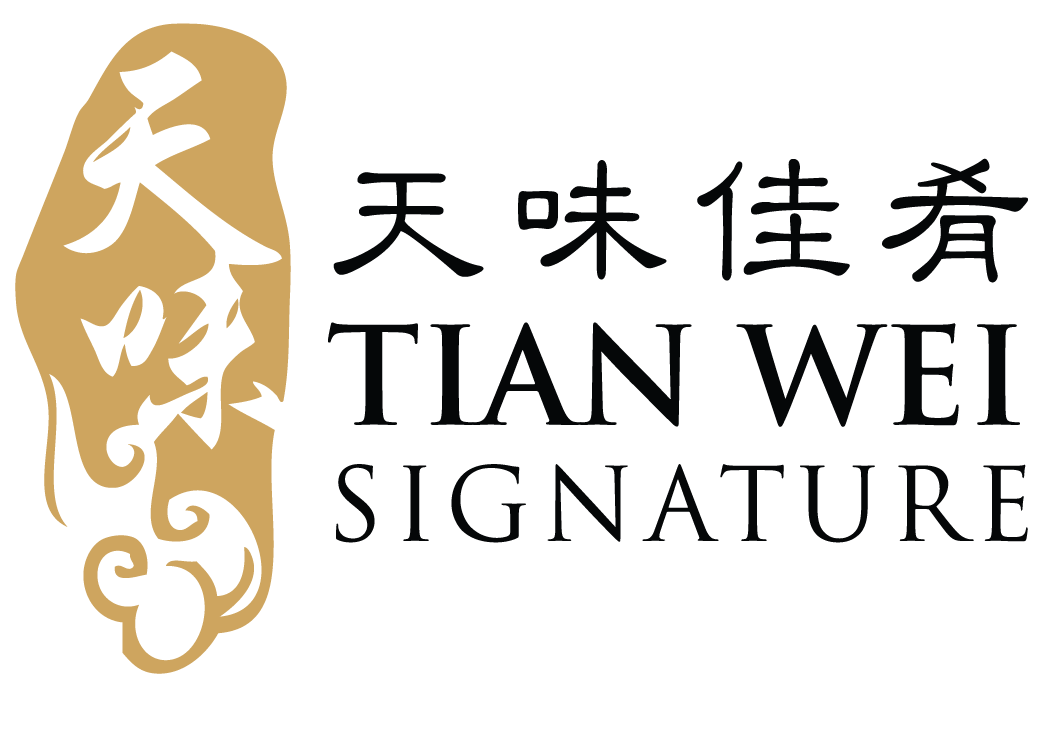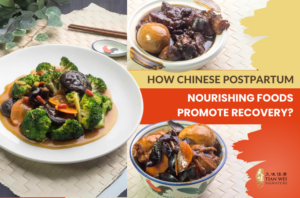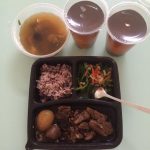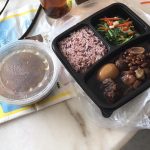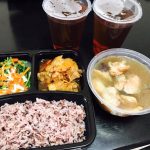81 Tagore Lane, TAG A, #01-11 Singapore 787502 ♦ Reservation : +65 6727 5599
Nourishing Foods For Mothers After Cesarean Delivery
A C-section, or cesarean delivery, is a method of giving birth where the doctor delivers a baby through an incision in the mother’s abdomen and uterus instead of going through the vagina. While giving birth through c-section may or may not be what you have planned for your pregnancy, your birth doctor may recommend it for various reasons.
Reasons For C-Section
Depending on your birth doctor’s advice, a C-section may be the safer option for you and your baby in the following circumstances:
- Your labour isn’t progressing as expected.
- Your baby is too large for vaginal birth.
- Your baby is in a position that is not suitable for vaginal birth.
- You or your baby are facing certain health complications.
Your body requires tissue formation, blood increase, and energy provision. Eating the right and best confinement food is the perfect way to boost all these factors. Singaporean culture is known for generosity with nutritious soups in the diet. Integrate these foods into your meals, and remember fruits and vegetables should form part of your diet plan. Drinking plenty of water also helps keep you hydrated and eliminates waste from the body. The following are some in-depth ways to plan your diet after cesarean delivery.
Consume Enough Fluids
The importance of water in a diet must be considered. It helps to keep your body hydrated and ease the movement of joints. Water is also a coolant and maintains your body temperature within the recommended range. Fluids also facilitate the process of digestion and avert any possible constipation or bloating.
Apart from water, there are also juicy fruits like citrus, melon, and pineapple, which provide fluids to your system. There are also delicious vegetables like cabbage which are suitable for the increment of body fluids.
Easily Digestible and Absorbable Foods
Regarding the best food to eat after cesarean delivery, you should avoid dishes that take up a lot of energy while consuming. You can have soups and semi-solid foods like broth, giving you nutrients but requiring little mechanical chewing. Some essential food after cesarean delivery that will give you vital nutrients are broth, warm soup, yoghurt and cheese.
Lean Proteins
Proteins help you with recovery and help your baby with developmental growth. As an important element of cesarean delivery diet, they maintain and repair the worn-out tissues for the regeneration of new collagen around the wound. Some foods that contain proteins are dairy products, legumes, chicken meat and fish. Fish also contain omega-3 fats that help with the growth of your newborn’s brain. You should avoid fatty beef because it contains harmful cholesterol that can harm your health.
Minerals
These elements help clotting, blood formation, and blood circulation. Iron, copper and zinc are crucial minerals in the healing process, which are involved in blood replenishment, collagen production and wound healing. Blood loss after cesarean delivery can lead to anaemia. Iron also maintains the required levels of haemoglobin in the blood. Minerals like zinc are also essential to support your immune system, which is crucial for you and your baby. Others, like calcium, strengthen your bones to keep you healthy and enhance mobility. When breastfeeding, considerable amounts of calcium are transferred to the baby for bone and teeth formation. Therefore, you should take enough for the newborn and your body.
Vitamins
Vitamins are significant elements in the healing process. Vitamin C takes a primary role in collagen production, anti-oxidation and facilitation of healing. Nursing mothers should take 100mgof vitamin C daily. It is needed in higher quantities for women to support breastfeeding.
Most vegetables and fruits contain Vitamin C, such as tomato, capsicum, broccoli, guava, kiwi and longan. Another important vitamin in wound healing is vitamin A, which helps to support wound healing and promotes skin health. Vitamin A can be found in liver, red spinach, carrot, pumpkin and goji berries.
Breastfeeding Challenges After C-Section
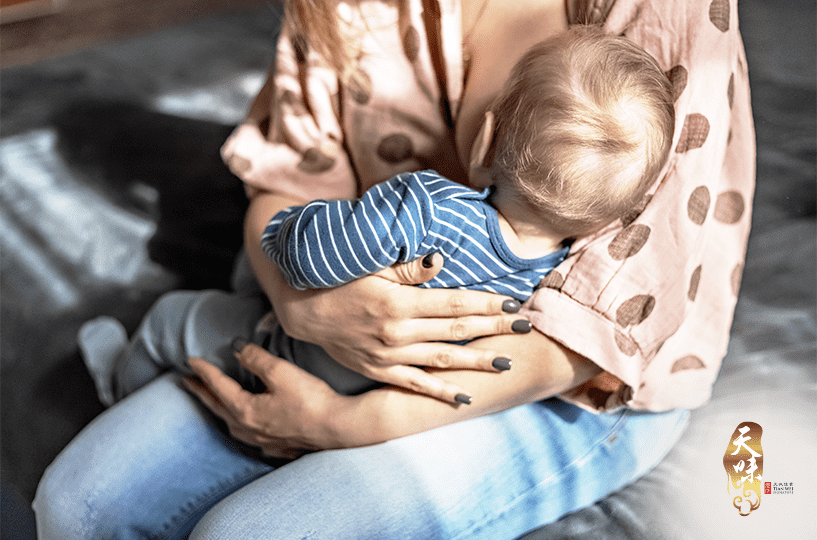
After a cesarean delivery, you may face a few challenges during breastfeeding. Understanding these challenges in advance may help you better prepare for them. Some common breastfeeding challenges and how to manage them after a c-section include:
- Delayed Start to Breastfeeding
Depending on the type of anaesthesia you have, some may only start breastfeeding after it begins to wear off.
- Delayed Milk Production
Compared to a vaginal delivery, cesarean delivery may cause your body to take longer to start producing breast milk. To manage this, start breastfeeding as soon as possible and often to stimulate milk production. If you and your child need to be separated for extra care after delivery, use a breast pump to start stimulating milk production. For high-quality and easy-to-use breast pumps highly recommended by mommies, visit MumChecked to discover a wide variety of selections!
- Breastfeeding Discomforts Due to Surgical Pain
Breastfeeding may feel uncomfortable if you are experiencing incision pain from the c-section. This will get easier as your body recovers. To breastfeed while your c-section wound heals, try the side-lying and football hold positions. You can also protect your wound with a pillow when you breastfeed.
In conclusion, with professional guidance from your doctor and proper postpartum care, you can have a full recovery after a c-section delivery. Meanwhile, staying positive mentally would also help you to experience a smoother delivery and recovery. All the best, mamas!
At Tian Wei Signature, we serve you a wide range of fusion and traditional confinement food that helps with your postpartum recovery and breastfeeding. Under the guidance of our in-house dietitian, all meals are thoughtfully curated for you to be well-balanced, nourishing, and of course, delicious!
Furthermore, our confinement dishes also include lactogenic ingredients that can help boost your milk supply and the nutritional quality of your breast milk for your little one’s development.
To preserve the warmth and freshness of your meals, all meals and drinks will be delivered to you in thermal flasks, sustainable, biodegradable containers, and packed in a thermal bag. With our convenient daily lunch and dinner delivery, you can enjoy a healing and hassle-free confinement at home!
